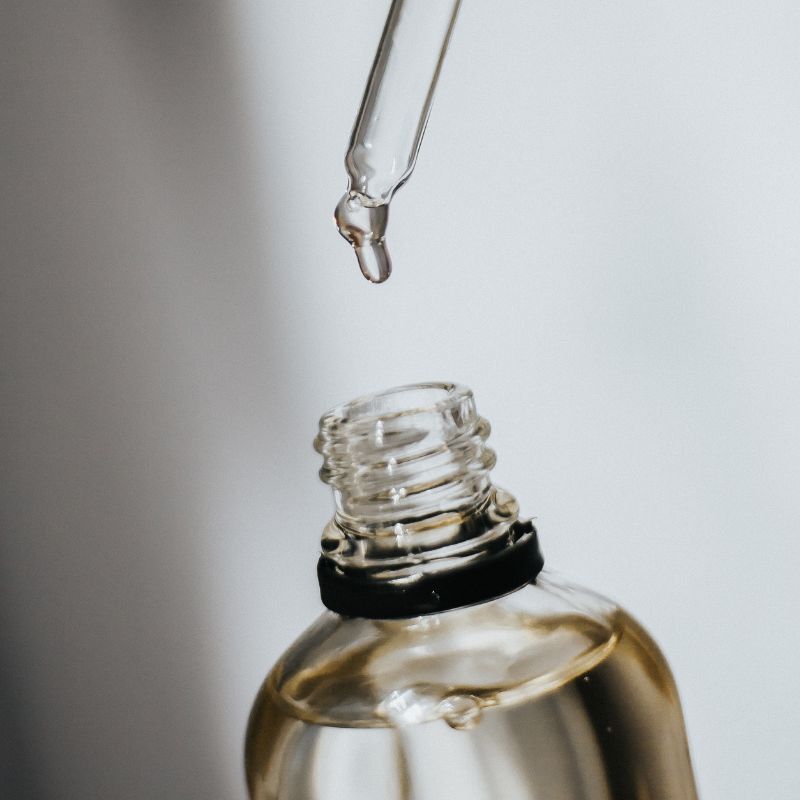Lactic Acid (AHA)

Glow Up with Lactic Acid
Lactic acid works as a gentle exfoliant, sloughing dead skin cells from the surface of your skin. Unlike harsher scrubs that can cause micro-tears, lactic acid provides a smooth, even exfoliation that reveals softer, brighter skin beneath.
Why Your Skin Loves Lactic Acid
Lactic acid is an alpha hydroxy acid (AHA) naturally derived from milk. However, the versions of lactic acid used in skincare are usually synthetic to ensure purity and effectiveness. This gentle yet powerful acid is known for its ability to exfoliate the skin, promote cell turnover, and hydrate, leaving you with a fresh, glowing complexion.
Lactic acid works as a gentle exfoliant, sloughing dead skin cells from the surface of your skin. Unlike harsher scrubs that can cause micro-tears, lactic acid provides a smooth, even exfoliation that reveals softer, brighter skin beneath. It’s perfect for those with sensitive skin who still want the benefits of an exfoliant without the irritation. Say goodbye to rough, dull skin.
Lactic acid also draws moisture into the skin. It acts as a humectant, meaning it helps your skin retain water, leading to a plumper, more hydrated complexion. This makes it an excellent choice for dry, flaky skin.
Regular use of lactic acid can also help reduce the appearance of fine lines and wrinkles. It promotes collagen production and improves skin elasticity, gifting that firm, plump complexion we all strive for.
How to Use Lactic Acid in Your Skincare Routine
Like all active ingredients, it’s best to introduce lactic acid gradually into your skincare routine. Start with a lower-concentration product, used once or twice a week, and observe how your skin reacts. Over time, you can increase the frequency and concentration as your skin builds tolerance.
The good news is that lactic acid plays well with other ingredients. You can use it with ingredients like hyaluronic acid for added hydration or niacinamide to help soothe and brighten the skin. However, be cautious when pairing lactic acid with other strong acids or retinoids to avoid over-exfoliation and irritation.
Apply lactic acid products to clean, dry skin for the best results. Follow up with a moisturizer to seal in hydration. And don’t forget your sunscreen. AHAs can make your skin more sensitive to the sun, so it’s crucial to protect it with a broad-spectrum SPF during the day.
Is Lactic Acid Suitable for All Skin Types?
Absolutely! Lactic acid is one of the gentler AHAs, making it suitable for most skin types, including sensitive and acne-prone skin. However, if you have extremely sensitive skin or a specific skin condition, it’s always best to consult a dermatologist before introducing new active ingredients.
Will Lactic Acid Make My Skin Peel?
Not in a scary way! While lactic acid exfoliates the skin, it typically doesn’t cause visible peeling. Instead, it works to develop smoother, brighter skin over time gradually. Any slight peeling you may experience is usually part of the normal exfoliation process and should subside as your skin adjusts.
Whether you're a skincare newbie or a seasoned pro, lactic acid deserves a spot on your bathroom shelf. Ready to give your skin the love it deserves?
